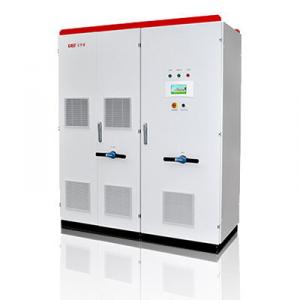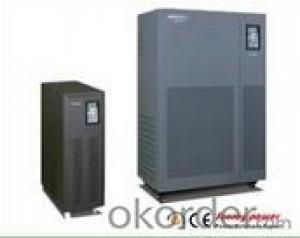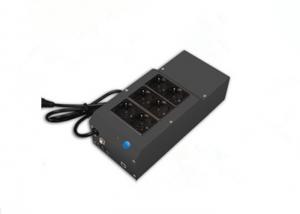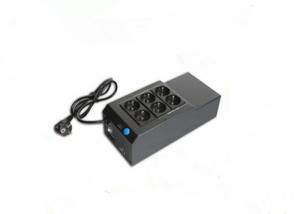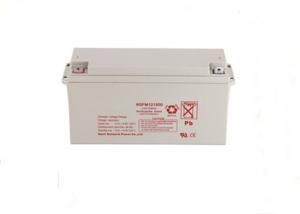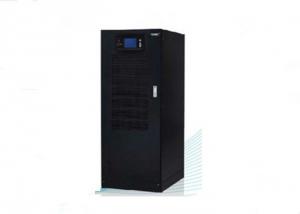Choosing A Solar Inverter
Choosing A Solar Inverter Related Searches
Solar Inverter Selection Solar Inverter Buying Guide Buy Solar Inverter The Best Solar Inverter Best Solar Inverter Good Solar Inverter Best Solar Power Inverter Install Solar Inverter About Solar Inverter Best Inverter For Solar Best Inverter Solar Best Inverter For Solar System Use Of Solar Inverter Best Solar Inverter For Home Best Solar Battery Inverter Replacing A Solar Inverter Inverter For Solar Which Solar Inverter Is Best Buy Solar Panel Inverter Solar Inverter Comparison Inverter With Solar Input Solar Inverter Upgrade Upgrade Solar Inverter Best Solar Panel Inverter Solar Inverter Replacement Solar Inverter Configuration Best Inverter For Solar Panels Best Inverter Solar System Inverter For Solar Battery Best Home Solar InverterChoosing A Solar Inverter Supplier & Manufacturer from China
Choosing A Solar Inverter is a crucial component in any solar energy system, responsible for converting the direct current (DC) generated by solar panels into alternating current (AC) that can be used by homes and businesses. This product plays a vital role in ensuring the efficiency and reliability of solar power systems, making it an essential consideration for those looking to harness renewable energy sources.The application and usage scenarios for solar inverters are vast, ranging from residential rooftop installations to large-scale commercial and industrial projects. They are used in off-grid systems to store energy in batteries for later use, as well as in grid-tied systems where excess energy can be fed back into the power grid. Solar inverters also play a key role in hybrid systems that combine solar power with other energy sources, such as wind or diesel generators, to provide a reliable and sustainable power supply.
Okorder.com is a leading wholesale supplier of solar inverters, offering a wide range of products to cater to the diverse needs of customers worldwide. With a large inventory that includes both string and central inverters, as well as microinverters and optimizers, Okorder.com ensures that customers have access to the latest technology and the most suitable inverter for their specific solar energy project. By partnering with reputable manufacturers and maintaining a commitment to quality, Okorder.com has established itself as a trusted source for those choosing a solar inverter for their renewable energy solutions.
Hot Products





















